The following is a guest post from my friend Andy Weiss, who has been experimenting with refinishing cast iron pans. -DG
Cast Iron Cookware History
Modern cast iron doesn’t have a machined cooking surface. Prior to the 1950’s, it was standard practice to machine the cooking surfaces flat. Also, finer-grained sand used in the casting process created smoother surfaces.
At the time, large manufacturers like Griswold (examples here) and Wagner (examples here) machined and polished their cookware and that’s why their products are valued by collectors and cooks today.
In 1965 the Disamatic molding machine cut casting and labor costs, but left a much rougher finish in casting that were not practical to machine smooth. Also the use of Teflon drove the market away from premium, machined cast iron cookware as cheaper products flooded the market.
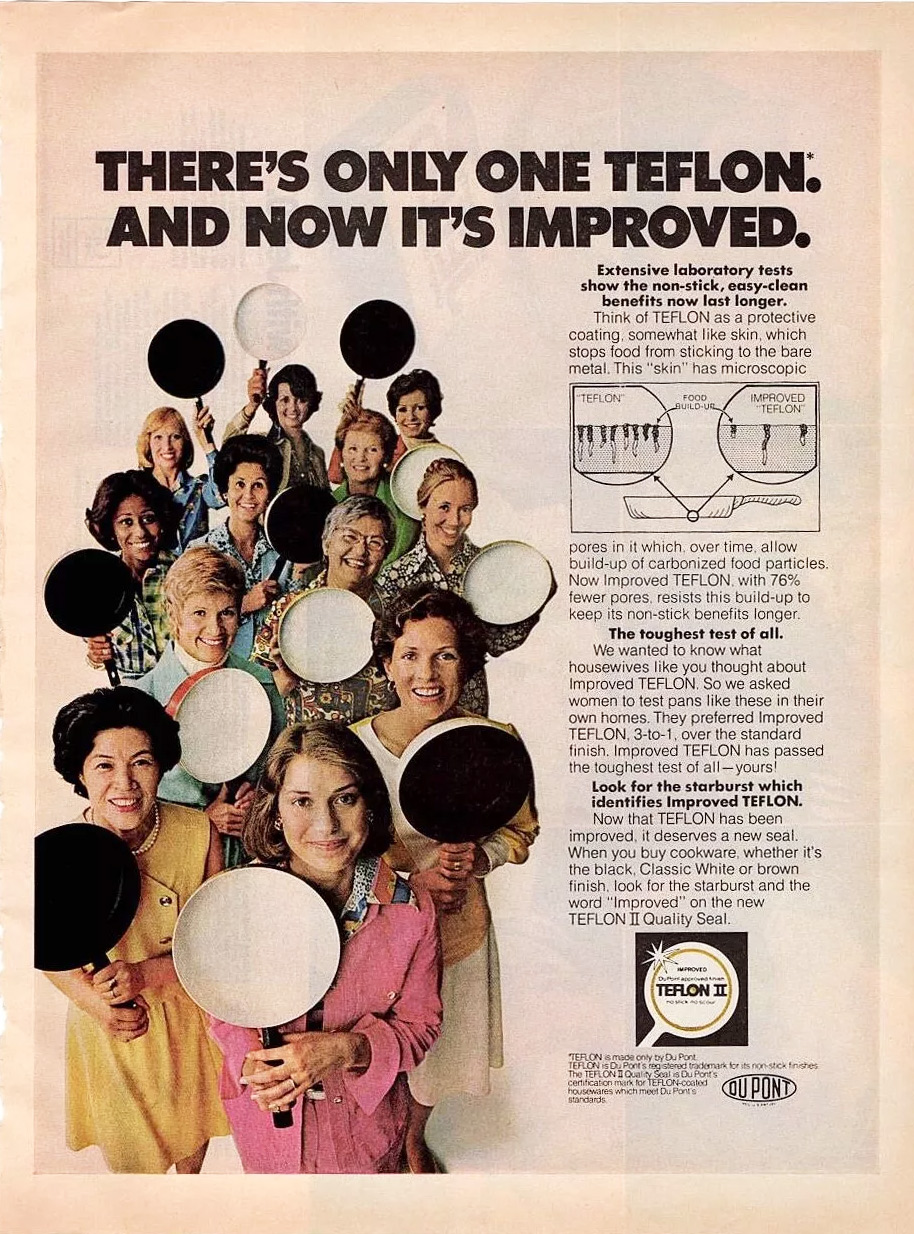
Lodge is one of the last major American cast iron producers (both my skillets are Lodge products) and when it modernized its processes in the 50’s and 60’s, it replaced hand-poured production with automated molding. Machining was no longer cost effective and by the 70’s, Lodge no longer offered polished cooking surfaces, leaving us cooks with a pebbly, as-cast surface that was a challenge to season.
In the 70’s, Griswold, Wagner, and Atlanta Stove Works either closed, or were acquired by someone else. By this time, no one was producing machined cast iron.
Lodge sold unseasoned cast iron with a carnauba wax coating till 2002, and now “pre-seasons” their product with soybean oil.
Today we have companies like Butter Pat Industries (founded 2013 – now acquired by Yeti) that uses precision casting techniques to produce polished finishes and other companies like Field Company (founded 2016), Smithey Ironware (founded 2015) and Finex (founded 2012) who sell cast iron with machined and polished cooking surfaces.
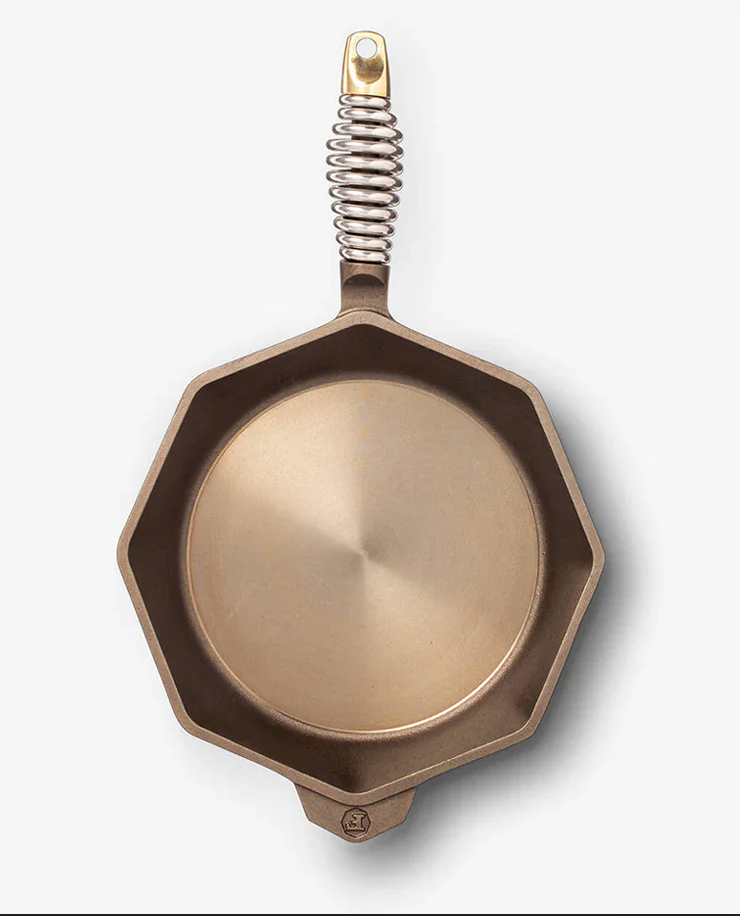
A modern FINEX 10″ cast iron skillet
A month ago I didn’t know the history or about the new, boutique companies producing high quality cast-iron cookware.
Yet I did have two inexpensive Lodge cast iron pans, with their typical rough surfaces resulting from the Disamatic casting process. Could I make them better?
Experiments in Refinishing Cast Iron
A decade ago, my boss hand-polished a new cast iron skillet as a gift for his wife. He worked on it during his lunch hour, spending an entire year polishing it.
At the time I thought it was more a labor of love than a real thing… then the YouTube algorithm fed me a video about machining and polishing cast iron and I knew I needed to try it.
I decided to start with my smaller pan.
Not having a plan, I tried a lot of things: I tried a Dremel tool with a small stone to take off the factory seasoning (with my seasoning on top of it), then I tried hand stoning it (a la, my old boss’s technique) with some sharpening stones. I was surprised at how I did more damage to the surface and left gouges instead of making any actual progress. I also tried sand paper, then sanding blocks, then ended up using an orbital sander with medium ranging from 60 grit to 180 grit.
All in all, I must have had 20+ hours into the pan before I was tired of working on it and decided to season it to see how it performed.
I have a CNC metal lathe, M-Head Bridgeport mill, and a few assorted welders. Cast iron was new to me and I had fun working in the garage and getting a feel for the new material.
After polishing, I seasoned the pan by applying a thin coat of avocado oil and putting it upside down in a 400F oven for a few hours. A piece of aluminum foil was on the lower rack to catch any drippings (this is a seasoning technique I found on the web that works well).
I expected the pan to be better, but I wasn’t expecting to get something out that felt like oiled glass but that’s what I got. After a few uses, this perfect finish was gone, but it’s so much better I don’t need to polish it any more.
Orbital Sander for the Win
I was so inspired I bought a few more intermediate grit discs for the orbital sander and started sanding the big pan.
Roughly 80% of the work went into the flat bottom and about 20% on the sides. The 60-grit media took off the seasoning and started the polishing process.
Each new sanding media initially left a matte finish as the grits had sharp edges. I’d sand the bottom flat till I’d sanded the whole bottom, then I’d do the same to the sides, then I’d finish on the bottom again. As the media wore out, it would go from leaving a matte finish of fine scratches to a somewhat shiny finish as the now blunt edges of the sanding media burnished the metal.
Then I’d move to a new disk, with the next step finer grit and repeat the process.
The big pan took 23 minutes. It went fast and seasoned just as well.
Below is the little pan, after its first seasoning. You can see the gouges from the stones, but you can’t feel them. The baked oil finish left a smooth surface.
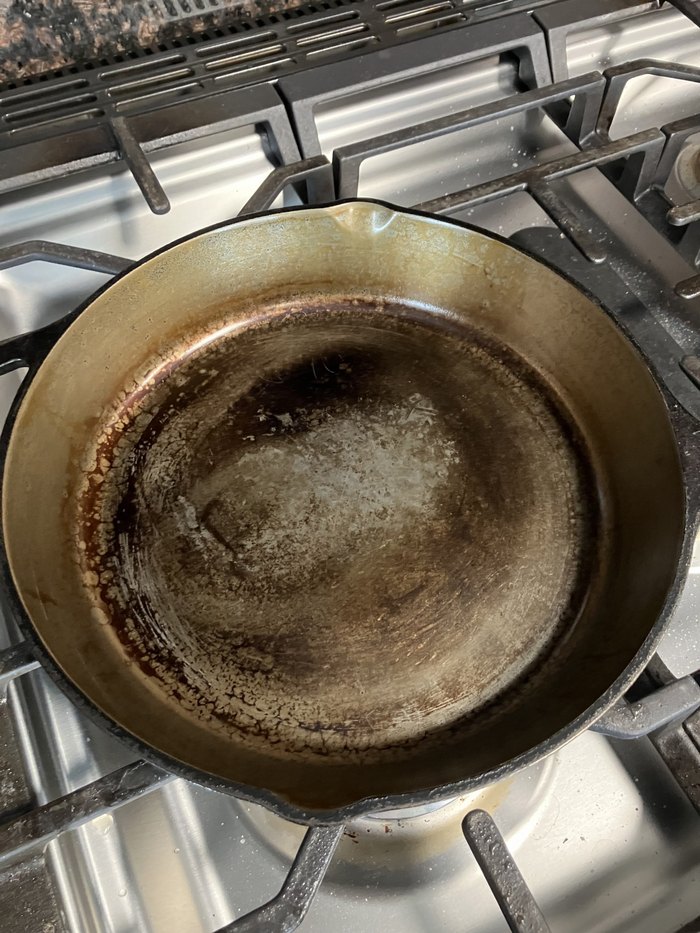
Here’s the little pan, gouged and worked on by a dremel tool, right before I started with the orbital sander. The orbital sander is the way to go.
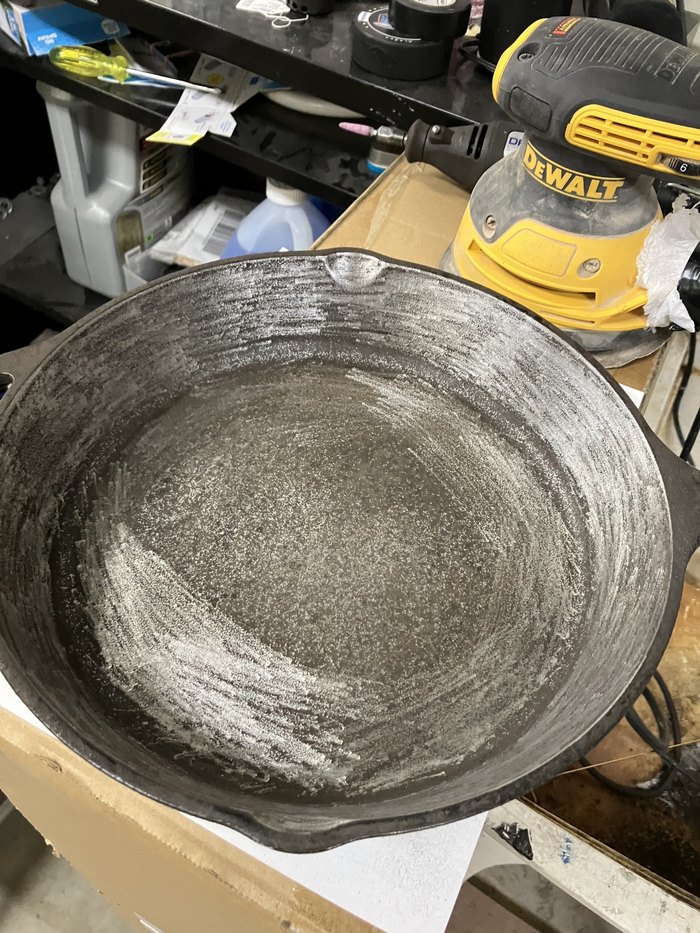
You will get dirty, but the metal comes off easily with a little soap.
I have magnets across the garage and they were coated with the same dust. The dust is so fine, the filter on the orbital sander (and I did modify it so it would fit in the pan) didn’t catch the particles. The cast iron dust is much much finer than sawdust. I’m just glad there’s no floppy disc drives anywhere within 100 feet of this project.
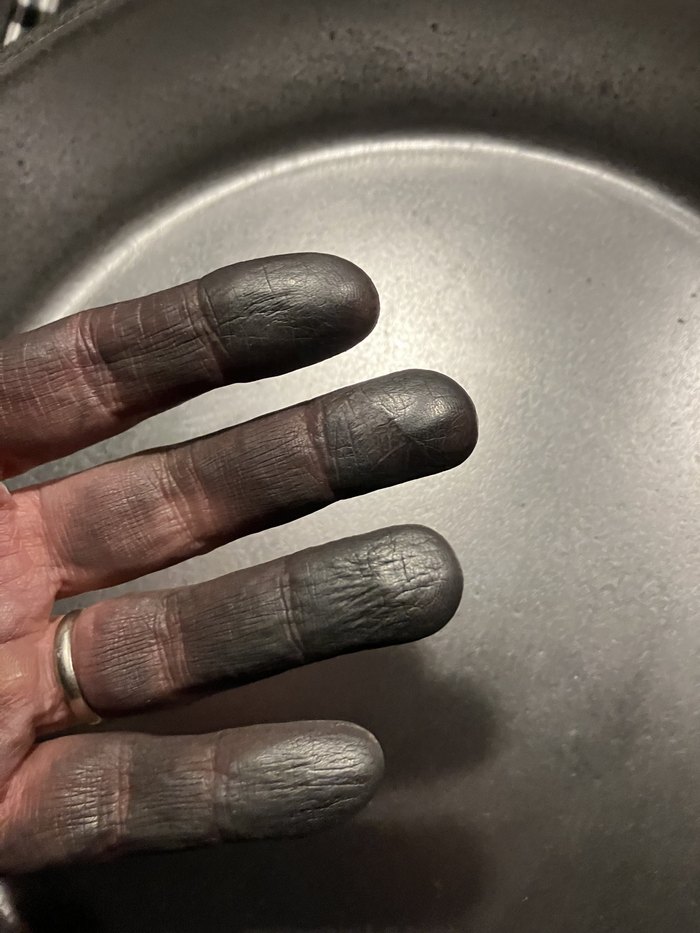
Here’s the big pan, with 23 minutes, and 6 sanding discs later. It’s on its way to be seasoned (that’s pm, on the stove clock):
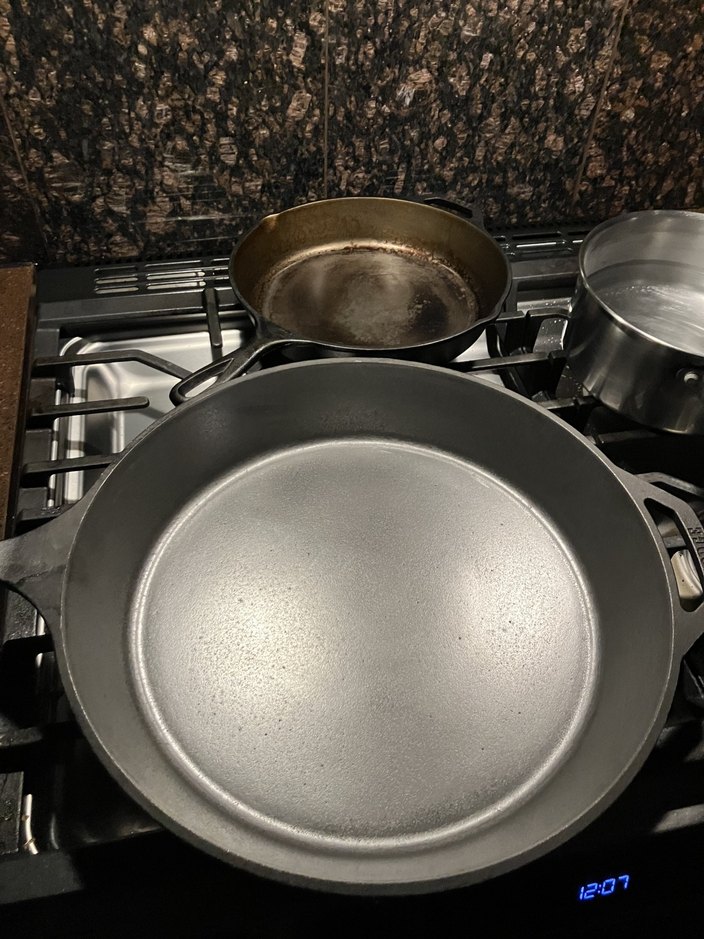
And the ‘polished’ surfaces aren’t perfect, they range from (that’s a nickel for reference) this:
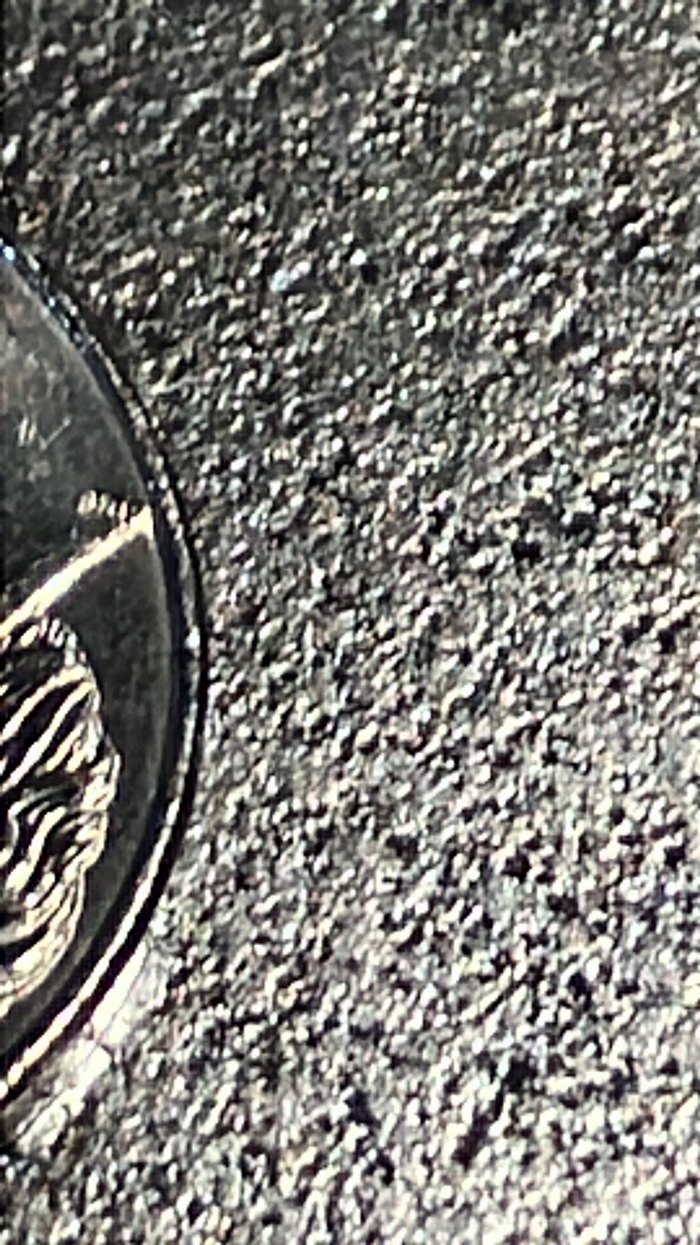
To this:
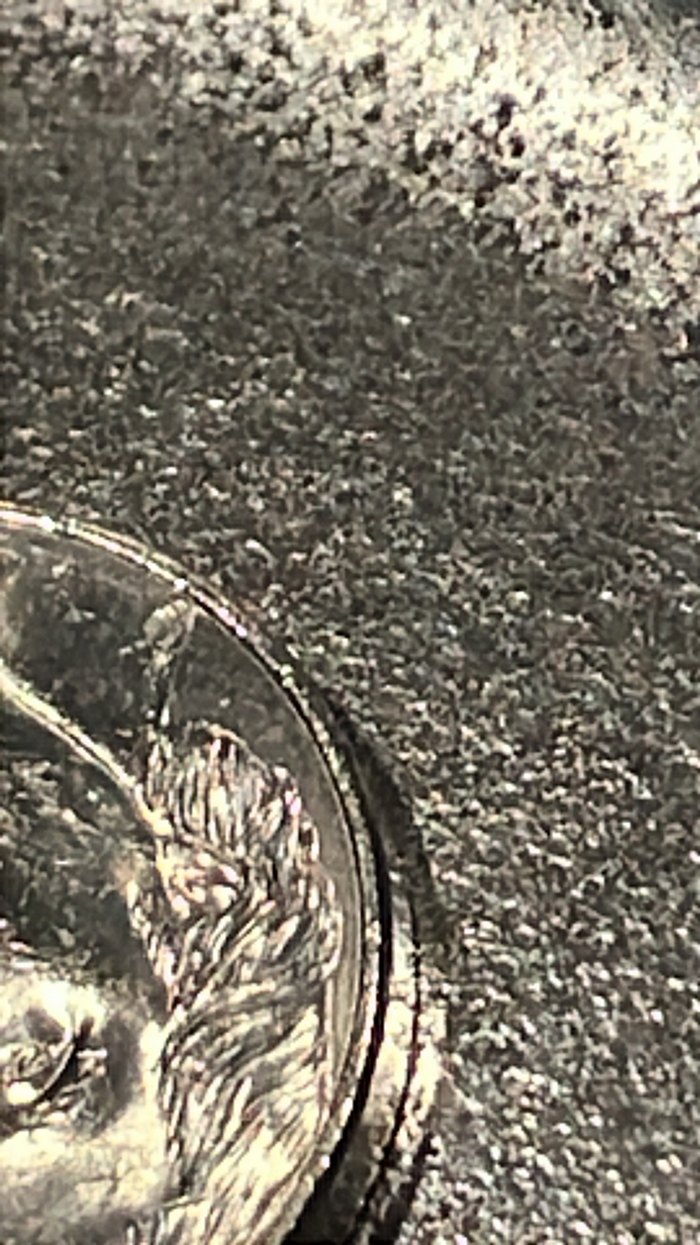
What I found is the seasoning covers a lot of variation in the surface. You don’t need to make it perfect, you just need to make it better and then season it.
That’s my initial write up on what I did and how I did it, with a little history thrown in.
I’ll be following this post, and am happy to answer any questions you may post in the comments.
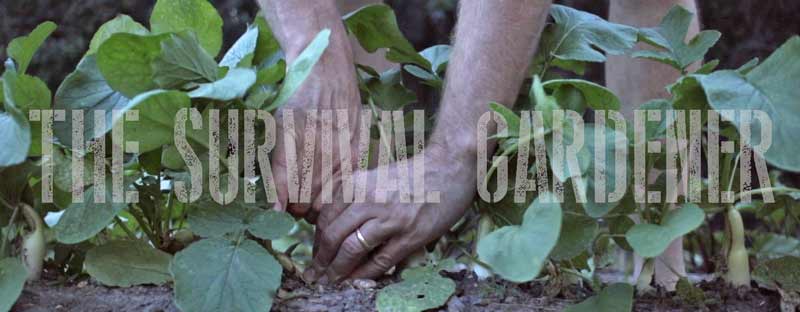
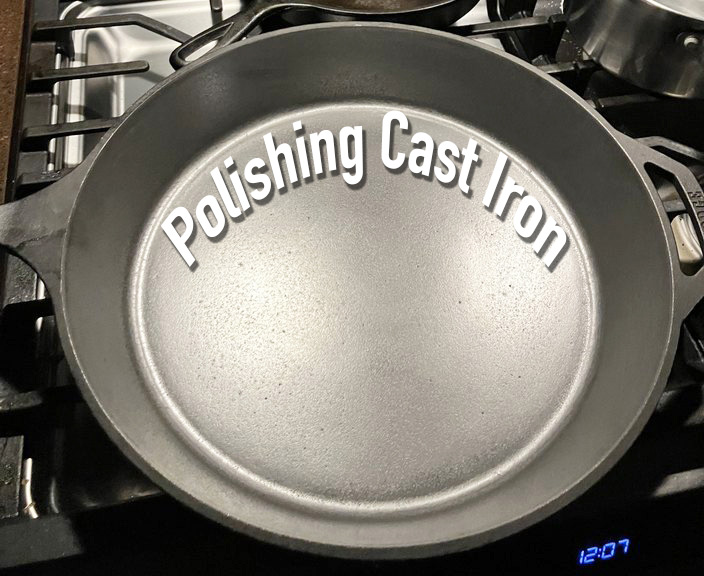
7 comments
Look a that one pic where the pan is all marred. You can’t hurt these things.
How is the release from the pan compared to the rough surface from Lodge? With seasoning even the rough pans will start to release eggs and such more easily, but I’d imagine with it polished like this it starts out with much easier food release.
We have a large Lodge cast iron pan that was almost new when it was given to us. Over 15 years of cooking, it’s gotten much slicker.
It continuously gets better. Polishing the pan gains you a lot of ground, same as seasoning in the oven.
The problem with discussing cast iron is that someone is going to disagree.
I did once impress a friend by my “non-stick” bread pans. I had to explain to her it was not a commercial finish, it was just what happens to unfinished mild steel bread pans when you bake with them for ten years
My loge is high in the middle. Do you have a suggestion on how to flatten the cooking surface?
Also, not a fan of flying dust of any type. Do you have ideas on how to keep prevent any dust?
I did not even know there was such a thing!
Comments are closed.